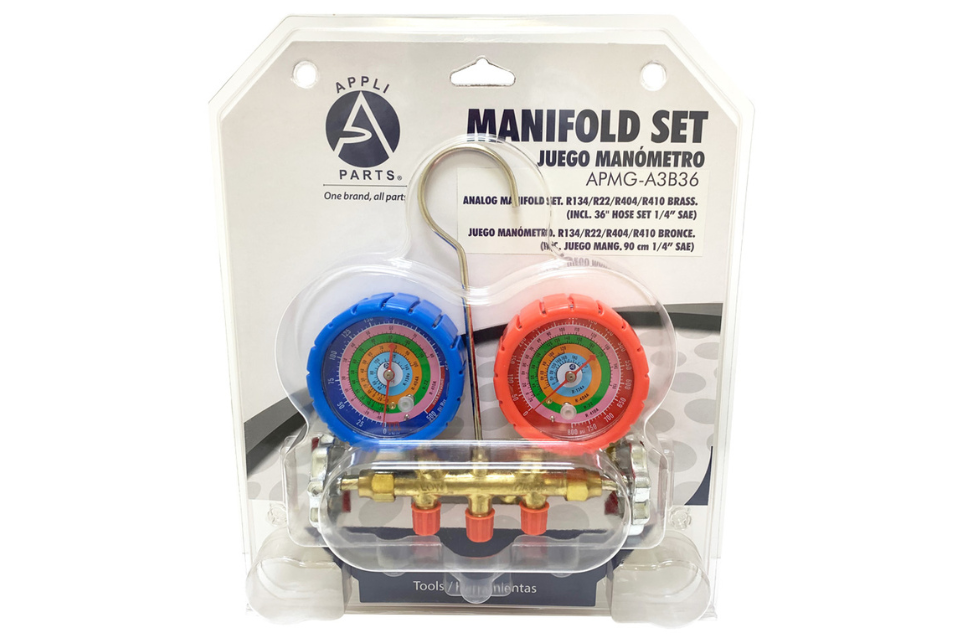
Understanding Manifold in Refrigeration and Air Conditioning
Refrigeration and air conditioning are essential for maintaining comfortable indoor environments.
If you’re in the industry, you know that manifolds are an essential tool.
Even if you’re new to the field, understanding manifold use is crucial for installing and servicing cooling systems. In this blog post, we’ll cover everything you need to know about manifolds and how they work in refrigeration and air conditioning.
What is a manifold?
Simply put, a manifold is a device that allows multiple pressure gauges to be connected to a single source.
In refrigeration and air conditioning, manifolds measure the pressure and temperature of a refrigerant.
They allow technicians to understand how the system is working and assess whether repairs or maintenance are required.
Manifolds consist of two types of pressure gauges: low-pressure gauges (measuring refrigerant in the evaporator) and high-pressure gauges (measuring refrigerant in the condenser).
Types of manifolds
Before purchasing a manifold, you need to understand the type of refrigerant you work with.
Manifolds are specific to each refrigerant type.
For example, R-410a manifolds are different from R-22 manifolds.
Each refrigerant type requires a unique set of fittings and hoses.
Manifolds are available in analog and digital forms, each providing various benefits. While analog meters can meet the needs of most technicians, digital meters are useful for those who require precision and accuracy.
Using a manifold
To use a manifold, the first step is to connect it to the system’s suction side and discharge side.
Once connected, turn the system on.
Next, open the manifold valves slowly to allow the refrigerant pressure to stabilize.
The low-pressure gauge will show the pressure in the evaporator while the high-pressure gauge will show the pressure in the condenser.
Technicians can compare these readings to understand the system’s performance. A different comparison of the two pressure readings can also indicate if there’s any clogging or malfunctioning in the system.
Maintaining manifolds
Good maintenance practices ensure that your manifold lasts for a long time, providing accurate readings whenever used. Manifolds should be clean and free of obstructions.
Keep the gauge faces and lenses clean to prevent damage or misreadings. Additionally, storing the manifold properly can prevent damage or wear and tear.
If it’s no longer serviceable or no longer performing correctly, consider replacing it.
Understanding manifold use in refrigeration and air conditioning is critical for cooling engineers and technicians.
From selecting the right type of manifold to using it and maintaining it, manifold use involves several steps.
Understanding it is crucial as it can help detect issues and ensure that the system performs optimally.
Whether you’re experienced or new to the industry, mastering the use of manifolds can help you work more efficiently with refrigeration and air conditioning systems.

.png)